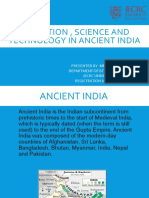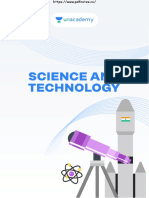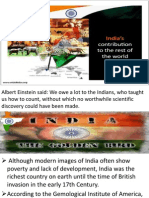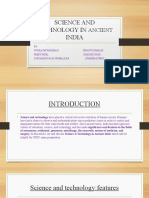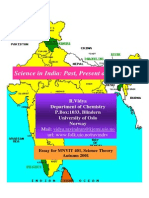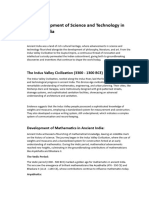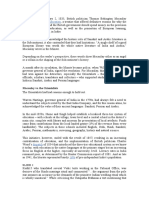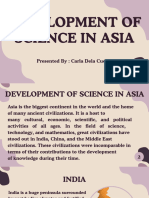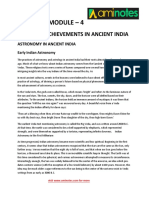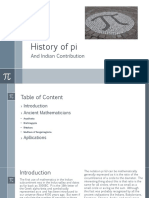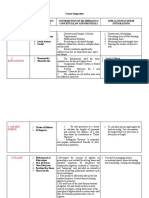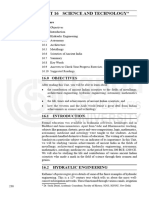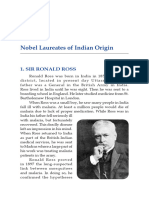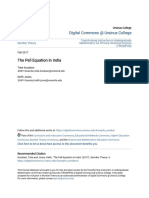0% found this document useful (0 votes)
48 views40 pagesModule 2
The document outlines the rich heritage of the Indian education system, highlighting its ancient contributions to mathematics, astronomy, healthcare, and governance. It discusses the evolution of educational institutions like Taxila and Nalanda, the influence of ancient mathematicians, and advancements in medical practices such as Ayurveda and surgery. The legacy of these ancient practices continues to inform contemporary education and healthcare, emphasizing a holistic approach to learning and well-being.
Uploaded by
Paridhi guptaCopyright
© © All Rights Reserved
We take content rights seriously. If you suspect this is your content, claim it here.
Available Formats
Download as PPTX, PDF, TXT or read online on Scribd
0% found this document useful (0 votes)
48 views40 pagesModule 2
The document outlines the rich heritage of the Indian education system, highlighting its ancient contributions to mathematics, astronomy, healthcare, and governance. It discusses the evolution of educational institutions like Taxila and Nalanda, the influence of ancient mathematicians, and advancements in medical practices such as Ayurveda and surgery. The legacy of these ancient practices continues to inform contemporary education and healthcare, emphasizing a holistic approach to learning and well-being.
Uploaded by
Paridhi guptaCopyright
© © All Rights Reserved
We take content rights seriously. If you suspect this is your content, claim it here.
Available Formats
Download as PPTX, PDF, TXT or read online on Scribd
/ 40


